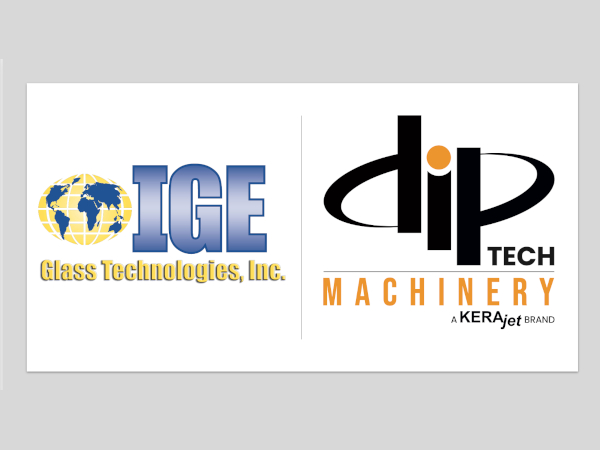
Date: 15 February 2016
Without the semiconductor, we’d have no computer. Without the internal combustion engine, there’d be no car.
We won’t be discussing the next big thing in this blog post, but we will be talking about one of the components unlocking the imagination of designers and engineers around the world. That component is glass, and in 2016, it’s thinner, smaller, and stronger than ever.
Here’s how glass will improve everyday life in 2016.
.jpg)
Glass brings home smart appliances and a touch of European design.
We rely on glass in our homes every day, from our windows to our TVs. But in the next year, glass will take on a larger role in the home, as it makes our large appliances and more of our handheld gadgets smarter and more versatile. Manufacturers are already introducing refrigerators and other kitchen appliances that include glass touch panels that will allow us to adjust oven temperatures, order groceries, and brew a cup of coffee.
European design trends emphasizing glass will continue to filter into American cooktops and fireplaces. Glass-ceramic-fronted fireplaces in particular are increasingly coveted for their visual appeal, and home designers are adding black glass ceramic on the inside of gas fireplaces, which creates one-of-a-kind reflections and entirely new views of the flames. New designs are adding a twist to contemporary living room setups.
.jpg)
Glass components will be used in screens on your next connected kitchen appliance.
Glass molds to more wearables beyond the wrist.
Wearables are no fad, and the influx of smart watches will continue to monitor our movements, display text messages, and take our pulse and blood pressure. Glass will help them do it.
But wearables have advanced beyond watches to a number of form factors that will only grow in 2016. Devices will increasingly fit around your finger, hang from your neck, and maybe even wrap around your baby’s ankle. Because these watches and sensors must stand up to the perils of everyday life – a bump here, a drop there – they’re being made with ultra-thin glass (UTG) that offers strong protection, but that’s also flexible enough to bend into different devices as needed.
The battery life crucial to wearables and Internet of Things devices is also made possible with UTG substrates. The next generation of thin-film and solid state batteries generate high temperatures during production that UTG substrates can withstand without changing shape.
Ultra-thin glass is a major component in wearables and Internet of Things devices.
Glass accelerates our driverless future.
Then there’s the car, where digital dashboards and exterior cameras are enhancing the driving experience.
As the popularity of glass touch screens built into the dashboard and console continues to grow, look for more tactile feedback for music and climate controls that allow drivers to keep their eyes on the road.
But soon drivers won’t need to worry about paying attention. Autonomous cars will continue to advance in the coming months as components get smaller and less expensive. LiDAR systems that function as a driverless car’s sense of sight will continue to advance as laser glasses offer longer lifetimes, eye-safe laser light, and a reliable picture of a car’s surroundings, all of which bring the future of self-driving cars a little closer to reality.
A look at the little things
The old saying is “the whole is greater than the sum of its parts,” but these components drive new form factors and capabilities for our favorite toys, gadgets, appliances, and cars. And glass continues to play a major role in the development of new batteries, screens, and design elements.
Glass is thin, strong, and powerful, and as such, will shape the technologies we use in 2016 and beyond.
 600450
600450







Add new comment